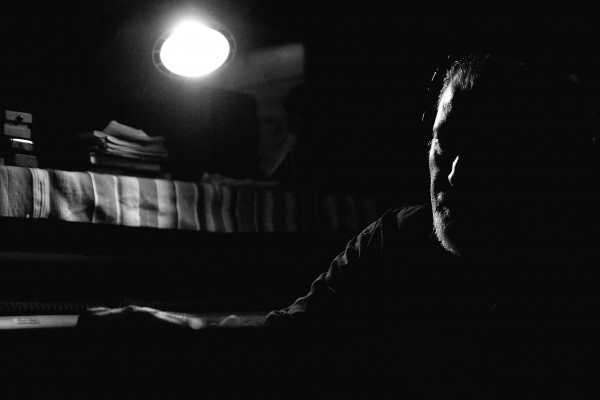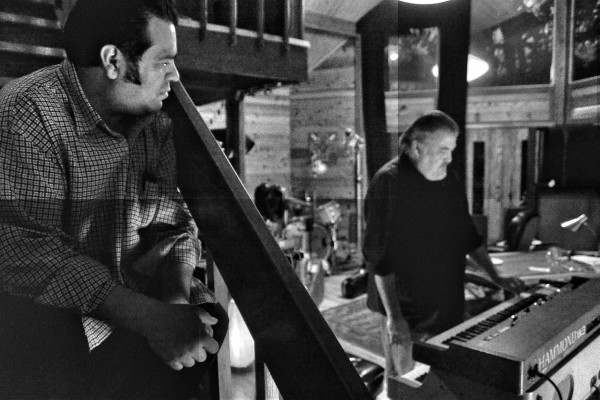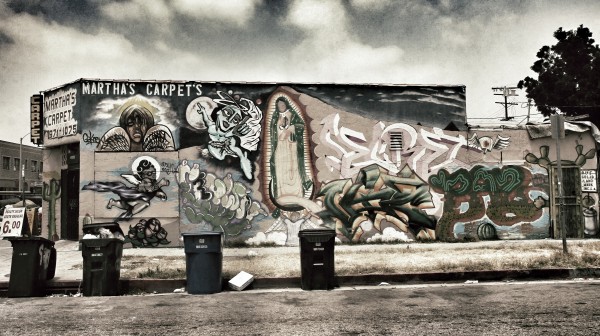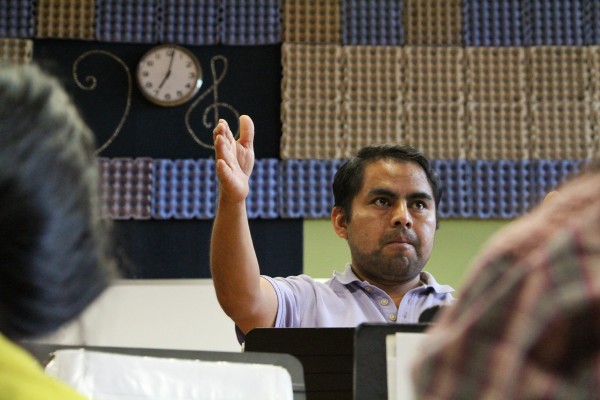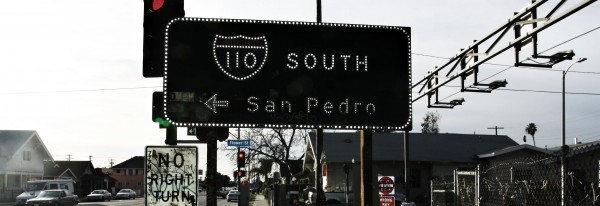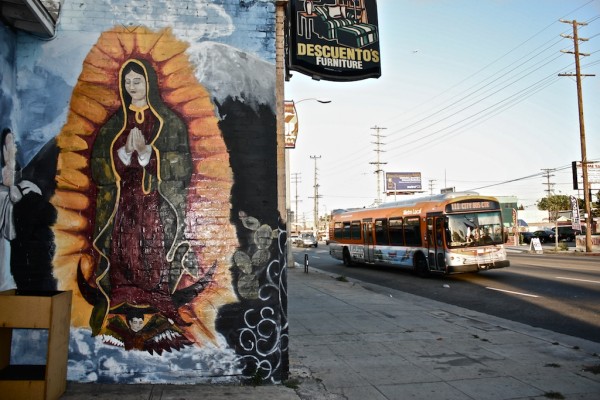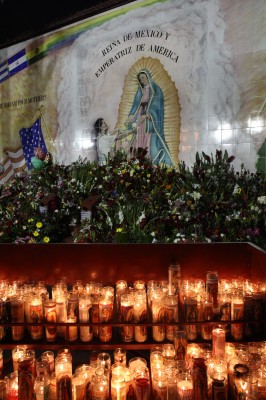 Two Latino gang members from Compton pleaded guilty (Thursday, Oct. 16, 2013) to federal hate crimes in attacks on black youths in a case that showed how much the town had changed.
Two Latino gang members from Compton pleaded guilty (Thursday, Oct. 16, 2013) to federal hate crimes in attacks on black youths in a case that showed how much the town had changed.
Jeffrey Aguilar and Efren Marquez, Jr., admitted to violating the federal Matthew Shepard and James Byrd, Jr. Hate Crimes Prevention Act.
They each face a maximum of 10 years in prison, said Reema El-Amamy, the federal prosecutor in the case.
Aguilar and Marquez are reputed members of Compton Varrio 155, a small street gang that has feuded for years with a black street gang a couple blocks north. They were arrested in January. Sheriff’s officials said at the time that the family they allegedly targeted had no gang association and had only lived on the street for a few months.
I went out to the neighborhood one rainy day after these arrests were announced. The street is working class, with stucco two-bedrooms crowded next to each other.
What struck me was that the gang seemed especially energetic. Their graffiti was everywhere. This is something you don’t see so much in Southern California any more. Most gangs don’t have the same public presence — largely because of federal indictments and gang injunctions. Graffiti, certainly, is far less common.
The case seemed to me emblematic of many that have taken place over the years and have gone largely unnoticed. They involve Latino street gangs targeting blacks who live in their area.
Beginning in about the mid-1990s, Latino gangs emerged as the leading perpetrators of hate crimes, especially violent hate crimes. This happened all over: San Bernardino, Pacoima, Azusa, Canoga Park, Highland Park, Harbor Gateway, Hawaiian Gardens, Pomona, and so on.
Compton, long a black enclave that gave birth to gangsta rap, has transformed into a majority Latino city in the last 15 years. Nothing showed that more than this case, unless it’s the school fields on Sundays that are filled with people playing soccer.
ADDENDUM: By the way, if you go back further — into the 1980s — you find that black gangs preyed mightily on Mexican immigrant kids in much the same way. this coincided with the influx of Mexican immigrants into black areas like South Central, Inglewood and Compton during that decade, which in Mexico was an economic catastrophe.
I’ve heard this from many people. But here’s what one blogreader just wrote, remembering those times:
“…back when I lived in Compton, specially when I went to Compton high school between 89-93, things were tense between the black gangs and the mostly Mexican students at Compton, there were a lot of instances where I witnessed Latino students not gang members being jumped brutally for no reason…there were even riots on my senior year where these black gangs that were around Compton high school would start hitting random Latino students and these students would fight back with their cowboy belt buckles, this was the time of quebradita and chalino Sanchez….so a lot of us would go semi cowboy to school….”


